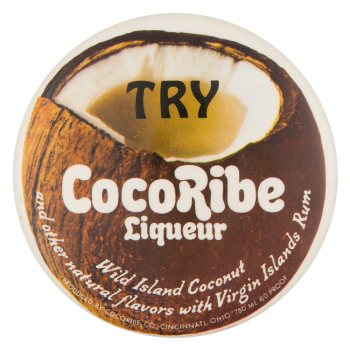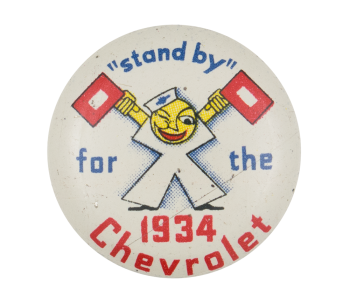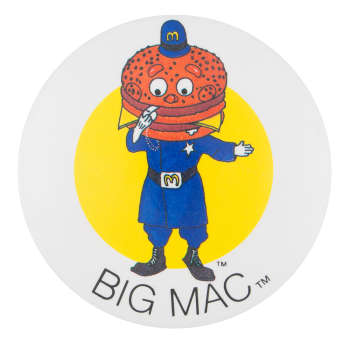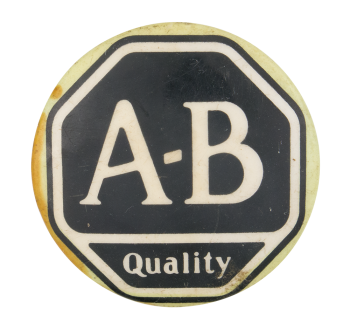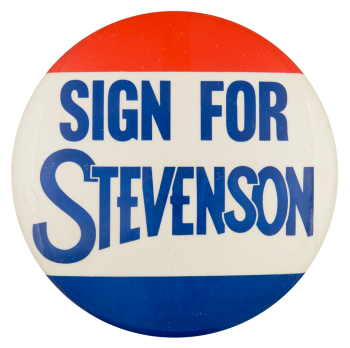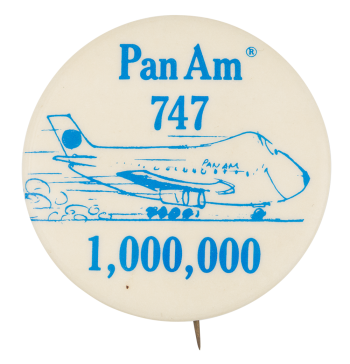Ask Me
| Category | |
|---|---|
| Additional Images | |
| Text on Button | ASK ME! |
| Image Description | Black text on a yellow background |
| Back Style | |
| The Shape | |
| The Size | |
| Additional Information | The 'Ask Me' slogan is used by a variety of organizations to prompt their customers to seek assistance for their needs. Individuals donning the Ask Me button are generally seen as a resource for their affiliation and a guide to their patrons. Have info on this button? Contact us here. |
| Catalog ID | AM0044 |



